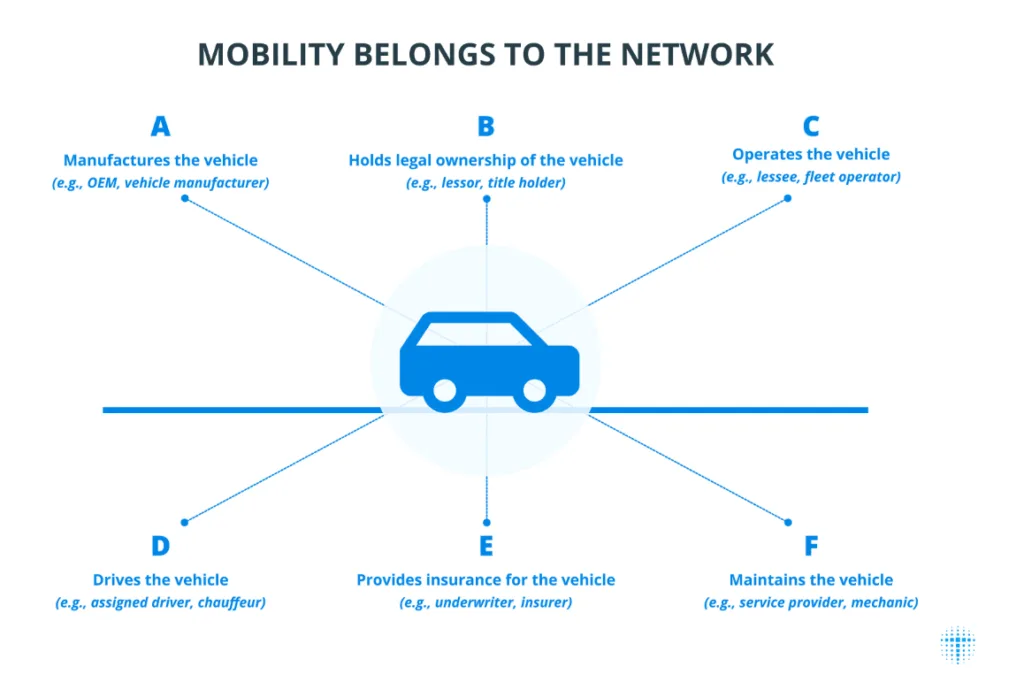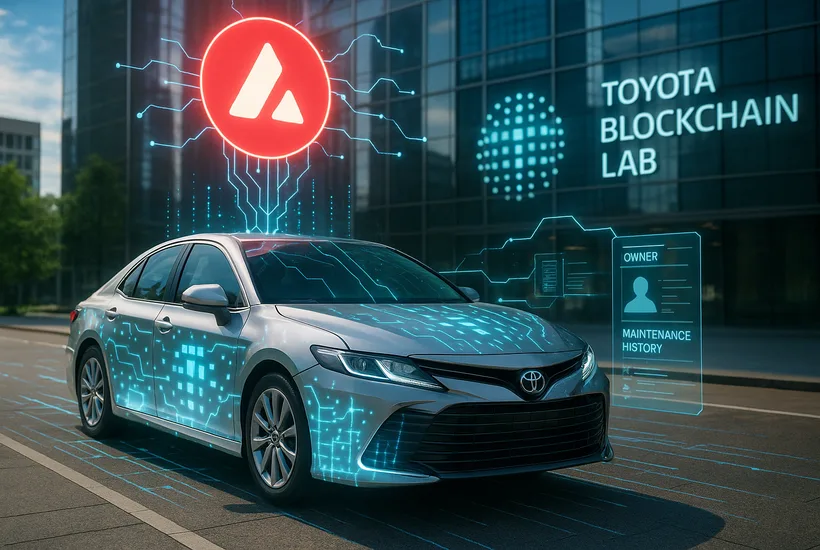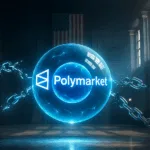- Toyota’s Blockchain Lab proposes the Mobility Orchestration Network (MON) as a blockchain protocol layer.
- The MON prototype utilizes Avalanche blockchain’s high-speed, scalable infrastructure.
- It aims to unify trust across mobility ecosystems consisting of manufacturers, insurers, regulators, and fleet operators.
Toyota’s Blockchain Lab has released a technical white paper titled “MON: Orchestrating Trust into Mobility Ecosystems”, which outlines the concept of the Mobility Orchestration Network (MON). This is a blockchain-based infrastructure designed to record, verify, and tokenize vehicle data across the mobility ecosystem.
Addressing mistrust in mobility
The white paper identifies vehicles as assets embedded within intricate networks of stakeholders like manufacturers, owners, operators, insurers, and service providers. Most of these stakeholders have different rules and systems that guide their ownership. With MON, the automaker wants to bring them all together.

Source: ToyotaBlockchainLab.org
Newsletter
Get weekly updates on the newest crypto stories, case studies and tips right in your mailbox.
To build MON, Toyota partnered technically with AvaLabs, the organization behind Avalanche. They developed a prototype layered on Avalanche’s high-throughput, interoperable blockchain. They will provide use-case data on insurance, ride-sharing, and EV charging in a programmable, decentralized environment. MON proposes not to replace existing legal and institutional frameworks, but to translate them into interoperable digital proofs. This will not only allow cross-border value flow but also respect regional sovereignty.
The paper proposes using three “bridges” that connect organizations, industries, and countries.
At MON’s core is the Mobility Oriented Account (MOA), a digital construct that encapsulates three layers of verifiable proof. These are, namely, institutional proof like the car’s title, registration, and compliance documents. Second is technical proof, i.e., VINs, OEM data, maintenance attestations, and finally economic proof, like the vehicle’s usage metrics, operational revenue. All this data can be bundled on the blockchain and made available for various stakeholders to explore.
MON introduces the dual Mobility Oriented Account model, T-MOA, for trust-related credentials like legal and financial data. And U-MOA for operational states, maintaining privacy while ensuring traceable provenance.
Turning cars into tradable assets
One key feature is the “Fungibility Ladder” that Toyota plans to introduce. It’s a step-by-step process that turns unique vehicle NFTs into tokens that can be grouped or traded. First, each vehicle is tokenized as a non-fungible asset. Then, similar vehicles can be bundled into semi-fungible portfolios. Finally, these portfolios can be converted into fully fungible tokens. This makes it possible to do things like securitize entire fleets or let people invest in mobility assets.
While this is still only a theoretical paper, it has the potential to make way for new investment models and efficiencies in mobility finance and services.













